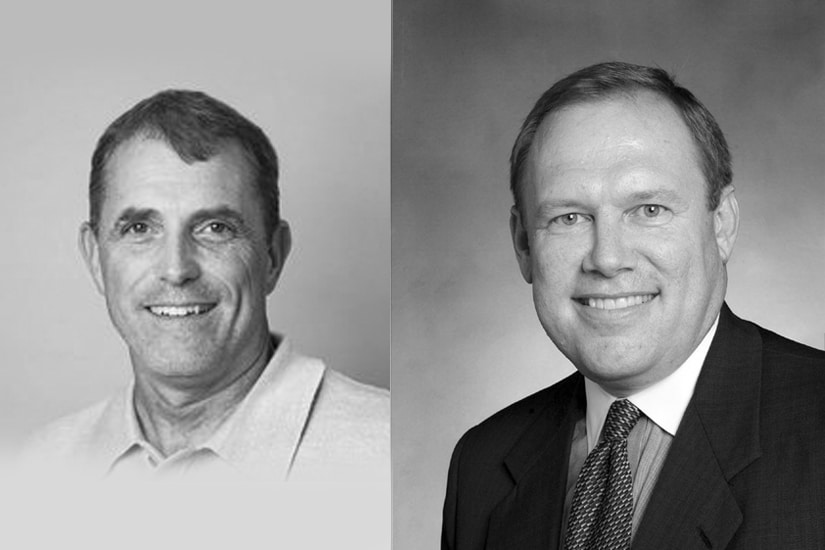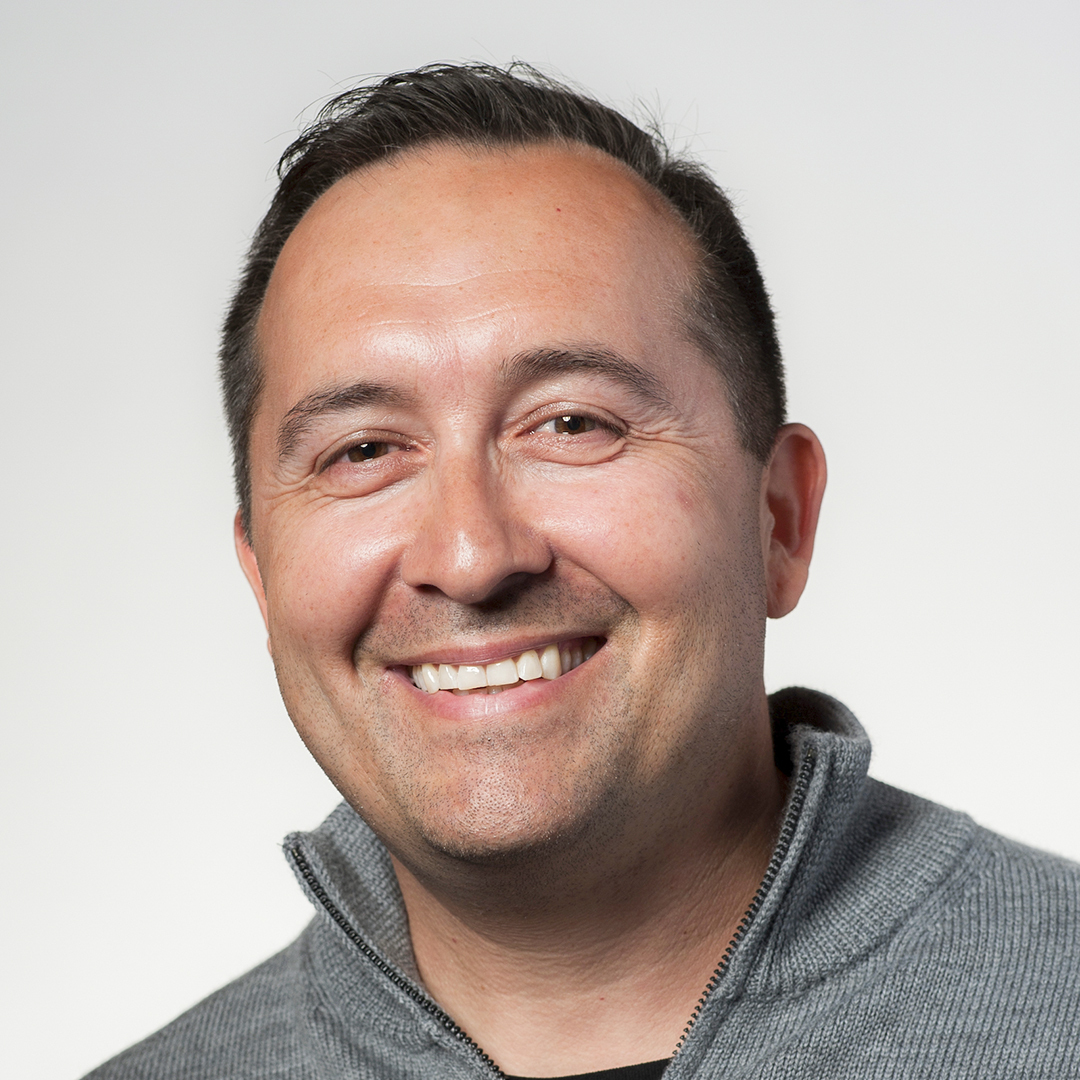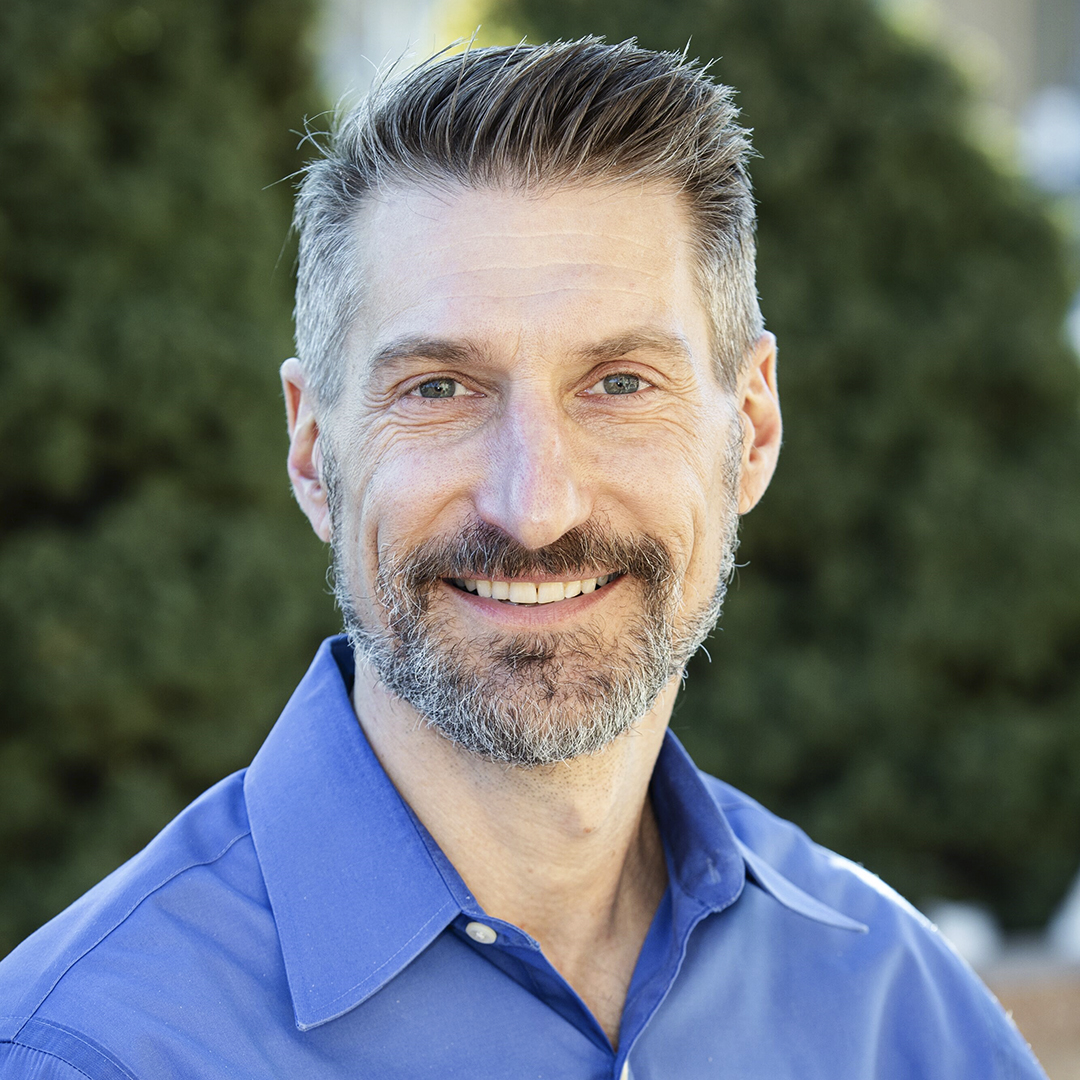|
|

American seniors are in the spotlight now more than ever, their health a critical concern in the COVID-19 crisis. Nevertheless, some healthcare leaders, including Robert Parker and John Kunysz of Intrepid USA Healthcare Services, have been working for years now to revitalize the system and provide seniors with the care they deserve.
Chief clinical officer and chief compliance officer at Intrepid USA, a prominent provider of home healthcare and hospice services, Parker’s entrepreneurial spirit is the perfect match for CEO Kunysz’s passion for forward-looking care. Parker and Kunysz recently gave American Healthcare Leader an inside look at Intrepid USA and its goal of reshaping the healthcare industry.
What brought you both to Intrepid?
Parker: I’ve had a very diverse background, which has led me on multiple paths and created a somewhat entrepreneurial spirit in myself that has allowed me to be very flexible when approached with new opportunities. I don’t live in a predefined box; I’m always trying to learn how to push limits to promote innovation and test ways I can do that.
Intrepid USA’s mission is something I believe in 100 percent, and it is an evolving mission. One of the critical differences for us as an organization is that we are continually pushing the boundaries of how we can improve healthcare, home health, and hospice specifically.
Kunysz: When I was recruiting Bob and some of our other leaders, I was looking for people who were ready to take the next step—people who I think could be the next CEO, the next president of a business unit. People who think beyond their existing role and have a vision for the future. Bob has a multidimensional, multifaceted set of skills; even if he isn’t an expert in a particular area, he can participate in the conversation and learn what skills are needed.
I’ve done pretty much everything in healthcare: medical transcription, revenue cycle, billing, software, electronic medical records (EMRs), and high-end anesthesia and surgical software. I have such an appreciation for what care providers do every day for their patients, and it was Intrepid USA’s vision of care that attracted me to the organization. A chance to change the focus of care from the acute setting and move it back into the family home, where it used to belong.
“As an organization, we are constantly pushing the boundaries of how we can improve healthcare, home health, and hospice specifically.”
How would you describe that vision?
Kunysz: The medical model that we’ve been operating under for the past hundred years is essentially episodic, urgent care: we take you to the hospital only when something is wrong.
Parker: That model creates many gaps in care where patients are just sitting there waiting for the next thing to happen to them, and that’s just not the way we should be providing care. We need to be constantly interacting with patients in order to see how they’re doing and what they need.
Kunysz: Exactly. What we see now is a much more holistic approach to patient care and a major shift toward home care. Intrepid USA’s goal is to allow seniors to remain in their homes as the primary place of care. We’re seeing it now with COVID-19—seniors don’t want to risk staying in hospitals, where they might pick up a nasty bug. They sleep better and recover better when they’re at home in their normal environments.
To do that, we have to not only give seniors care when they have a slip and fall but invest continually in their care to prevent those episodes from ever happening.

Which tools or strategies have you found useful in driving that continuum of care?
Kunysz: One of the things we’re looking at is just the way people view the hospice benefit. We don’t want people to view it as a death sentence but rather as a family experience. Through our Life Story and Family Heritage Transitions Program, seniors can share their heritage, their stories, with the next generation.
We’re also creating patient contact centers staffed by people who are sixty-five to seventy-five years old. Those volunteers call and talk with seniors; they can empathize with how patients are feeling.
Parker: We’ve also implemented a patient engagement platform called TapCloud, which allows patients to express themselves at a layman’s level. Each day, they answer a series of questions powered by analytics and evidence-based decision making that produce a word cloud based on their responses. As an example, if they answer that they are in pain, the word “pain” will become more prominent in the word pattern to reflect this.
This dashboard allows us to be in tune with the patient daily so that if things start to change, we can quickly intervene. That is much different from how typical home healthcare works. The patient only sees and speaks with a care provider a couple of times a week, potentially based on a set frequency of visits. This type of care is more rigid; however, technology like TapCloud allows us to deploy care more efficiently based on the patient’s current status, allowing us to reduce preventable emergency department and hospital utilization.
“We are here to serve these people and support them, not a corporate office.”
You both seem fiercely dedicated to this organization—true servant leaders.
Kunysz: Absolutely. Normally, the bulk of an organization, including the local care centers, supports the national office. At Intrepid USA, it’s the other way around. We are here to serve these people and support them, not a corporate office.
And the same principle goes for me—I exist to empower and support everyone in doing what needs to be done. I’m not controlling people; there aren’t enough hours in the day to tell three thousand people what to do. You just have to make sure your frontline workers know what’s expected of them and trust them to do it.
Parker: That was one of the reasons John and I connected well during my recruiting process. In technology, we talk a lot about open access, and I think our leadership model is more driven by that idea than it is by any sort of top-down mentality. I tell my teams, ‘I’m not going to tell you how to do your job. You have ownership; you have the capacity to be creative and move forward in innovative ways. I’m here to support you and catch you if you need me.’

